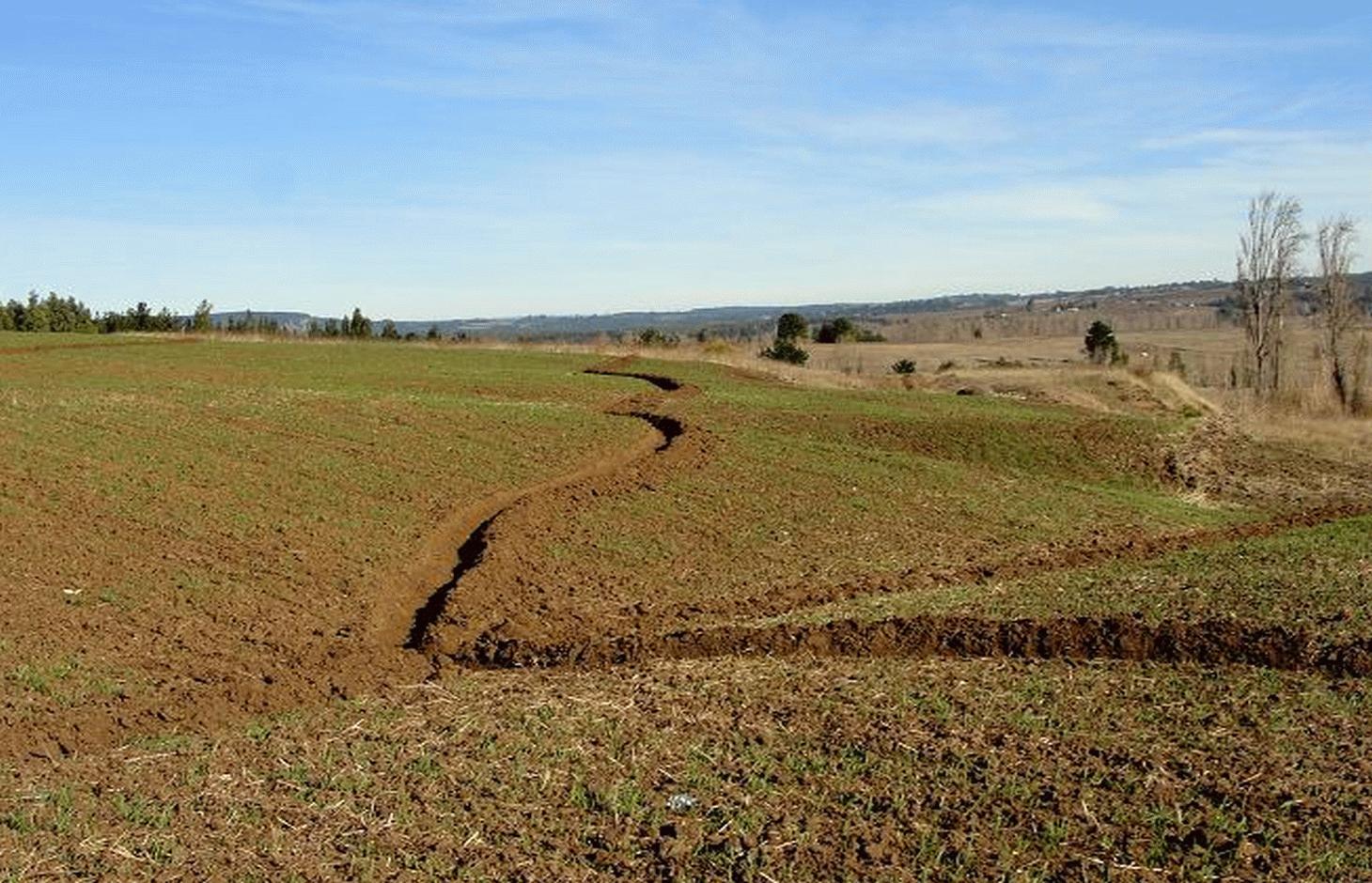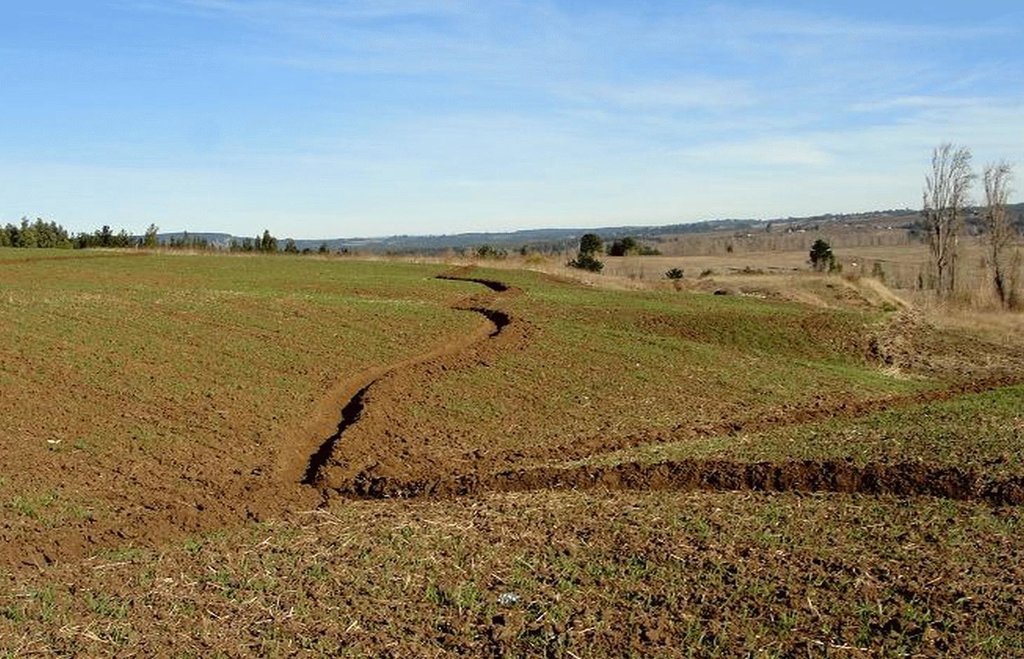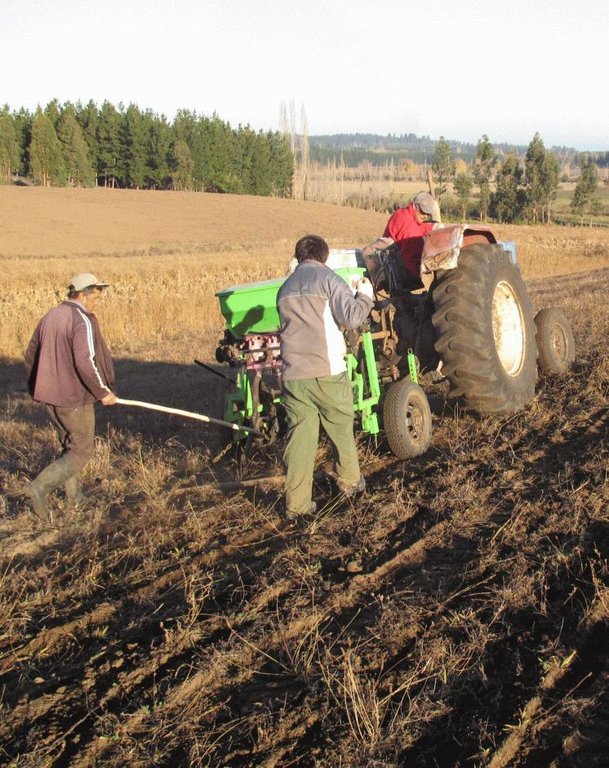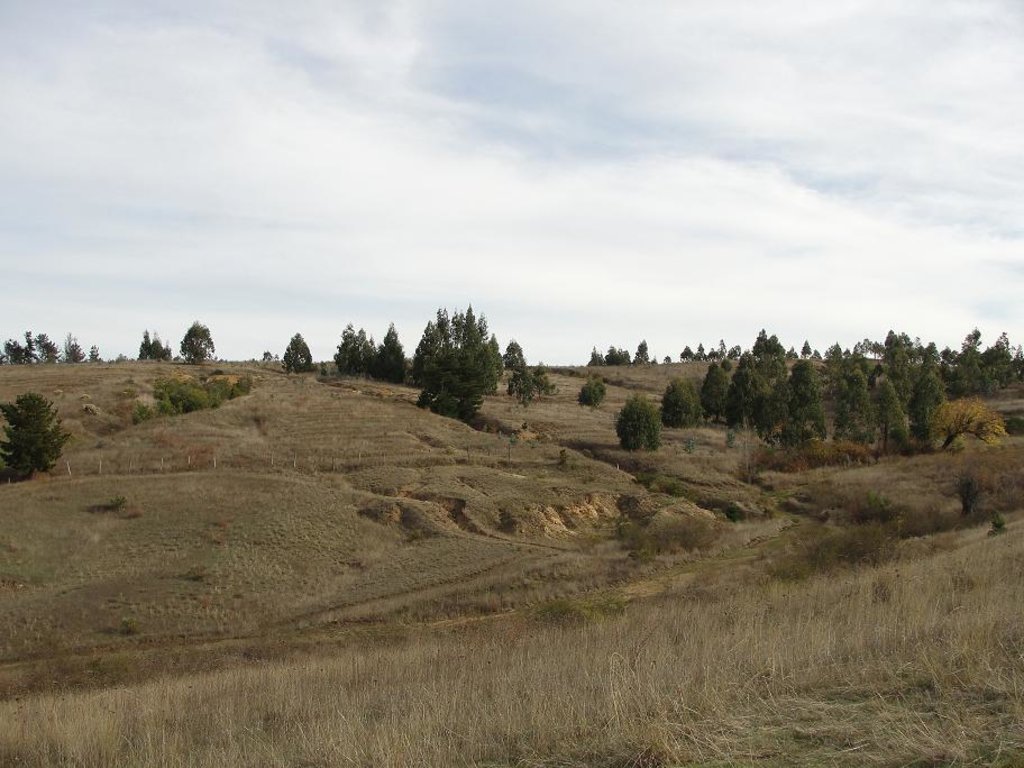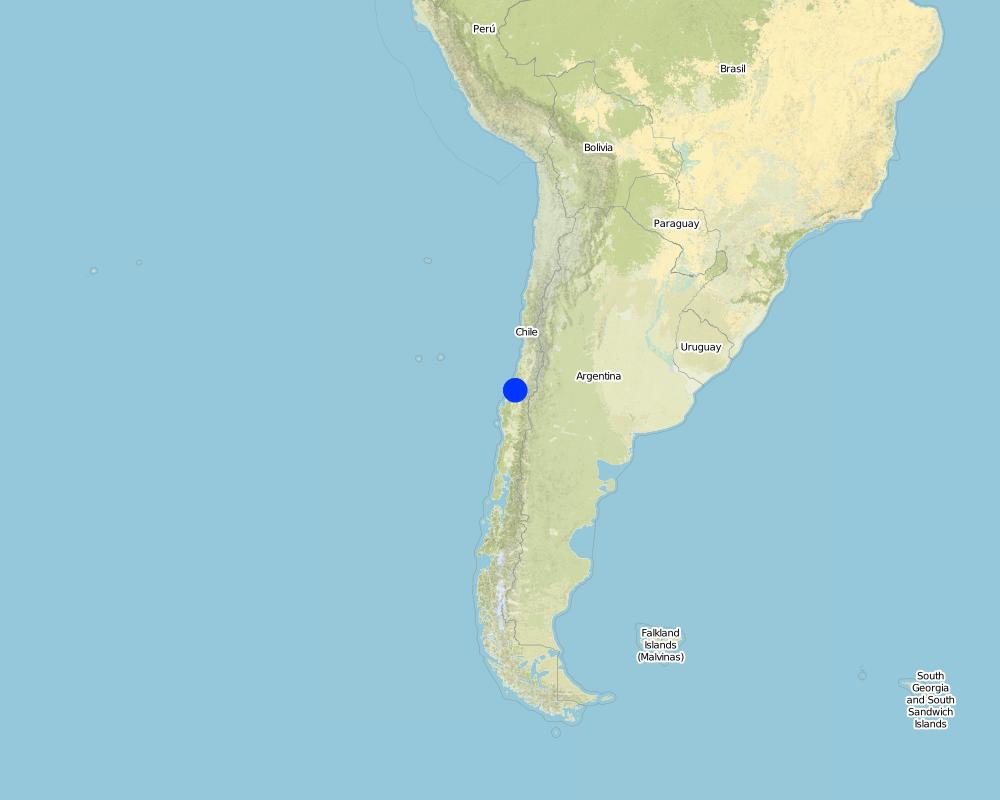Dissemination of soil conservation technologies in dryland areas [تشيلي]
- تاريخ الإنشاء:
- تحديث:
- جامع المعلومات: Carlos Ovalle
- المحرر: –
- المراجعون: Fabian Ottiger, Deborah Niggli
Cero labranza con subsolado (Spanish)
approaches_2577 - تشيلي
عرض الأقسام
توسيع الكل طي الكل1. معلومات عامة
1.2 تفاصيل الاتصال بالأشخاص الرئيسيين لمصدر المعلومات والمؤسسات المعنية بتقييم وتوثيق النهج
اسم المشروع الذي سهّل توثيق/تقييم النهج (إذا كان ذلك على صلة)
DESIRE (EU-DES!RE)اسم المؤسسة (المؤسسات) التي سهلت توثيق/تقييم النهج (إذا كان ذلك على صلة)
Instituto de Investigaciones Agropecuarias (INIA) (Instituto de Investigaciones Agropecuarias (INIA)) - تشيلي1.3 الشروط المتعلقة باستخدام البيانات الموثقة من خلال WOCAT
متى تم تجميع البيانات (ميدانيا)؟:
11/05/2011
يوافق جامع المعلومات والشخص (لاشخاص) الرئيسي لمصدر المعلومات على الشروط المتعلقة باستخدام البيانات الموثقة من خلال WOCAT:
نعم
1.4 المراجع الخاصة باستبيان(استبيانات) تقنيات الإدارة المستدامة للأراضي
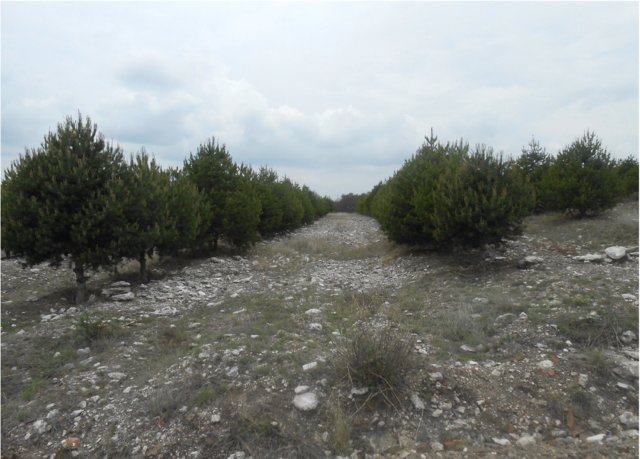
Callejones de piñón con forrajes intercalados [المكسيك]
La tecnología consiste en un sistema agrosilvopastoril con árboles de Pinus cembroides (pino piñonero) alineados een bordos ─en un terreno con suelos calizos previamente subsoleado─ conformando melgas (callejones) para con cultivos anuales para grano y forraje, con pastoreo libre eventual por períodos muy breves.
- جامع المعلومات: BENJAMIN SANCHEZ BERNAL
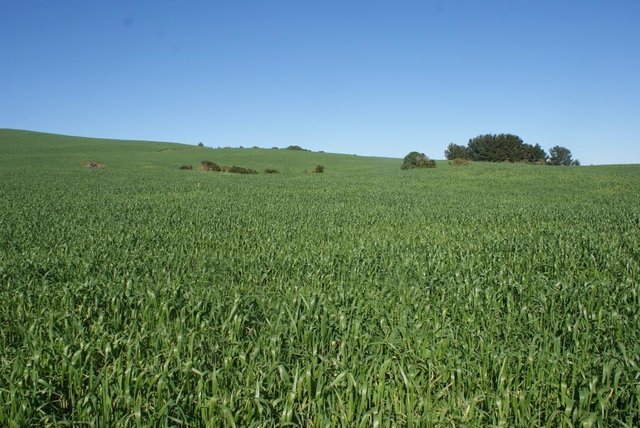
No tillage preceded by subsoiling [تشيلي]
No tillage preceded by subsoiling consists in the use of a subsoiler at a 50 cm depth every 5 years before performing no tillage agriculture.
- جامع المعلومات: Carlos Ovalle
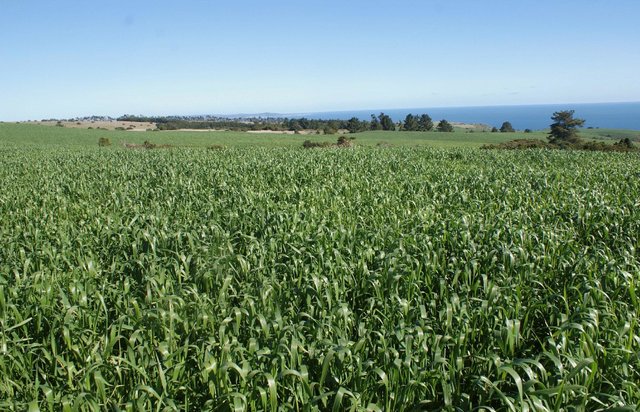
Crop rotation with legumes [تشيلي]
Biological Nitrogen Fixation (BNF) of legumes as a source of N in crop rotations with cereals in Mediterranean Chile
- جامع المعلومات: Carlos Ovalle
2. وصف نهج الإدارة المستدامة للأراضي
2.1 وصف موجز للنهج
Dissemination of no tillage with subsoiling in the Municipality of Yumbel
2.2 وصف تفصيلي للنهج
وصف تفصيلي للنهج:
Aims / objectives: The Commune of Yumbel is a rural territory in the secano interior of central-south Chile, which has historically been an area of cereal crops and pulses. This has represented for many years the mainstay of the economy of small and medium farmers in the area. Owing to the sharp deterioration in the quality of the soil, caused by years of cultivation without respect for conservation, production potential was quickly fading and plunging farmers into an economic and social crisis caused by low yields and low income from agriculture. However, despite degradation, the commune still has abundant natural resources of soil and water, which will not be used by the forestry industry, and which can be recovered for productive and profitable agriculture. In May 2009, the team of researchers from INIA Quilamapu started this initiative based on promising results obtained in the EU DESIRE project for zero tillage, subsoiling and new crop rotations. The initiative was oriented towards transferring the technologies developed in DESIRE. The project received financial support from the Municipality of Yumbel.
The aim was to revitalise agriculture in the district of Yumbel, improve traditional crops using a conservation approach, which enables small- and medium-scale farmers to improve their incomes, create jobs and improve their quality of life.
Specific objectives:
• To develop new farming systems based on the application of soil conservation practices (no tillage and subsoiling) that prevent erosion, and allow the development of a more sustainable and economic agriculture.
• To improve crop rotations, introduce grain and pasture legumes to diversify production and use of nitrogen inputs for lower nitrogen fertilizer costs.
• To build-up again the production of grain legumes and cereals in the district of Yumbel
• To renew the genetic material of crop species and varieties currently available to farmers in the area, allowing access to improved varieties of higher yield potential and resistance to diseases.
Methods: We used a participatory approach, incorporating small producers in the extension programme from the beginning. Three representative areas were selected. Leader farmers were chosen in each sector who were responsible for field work. No tillage machinery was provided by INIA and acquired by a local farmer. The project directly involved 50 farmers and 250 ha of land. Further 400 farmers are being benefited by training on technologies of soil conservation and crop rotations and management.
Role of stakeholders: Municiplity of Yumbel: financing the project of technology transfer INIA and DESIRE project: human and material resources (machinery, transportation researchers, etc.). Ministry of Agriculture (INDAP, Institute of Agricultural Development): financing of management plans for soil conservation.
Technology transfer companies: technical assistance directly to the small farmers
Farmers: conducting field work and incorporating new technologies.
2.3 صور عن النهج
2.5 البلد/المنطقة/المواقع التي تم تطبيق النهج فيها
البلد:
تشيلي
المنطقة/الولاية/المحافظة:
Bíobio and Maule region
مزيد من التفاصيل حول الموقع:
Cauquenes, Chile
Map
×2.6 تواريخ بدء وإنهاء تنفيذ النهج
أشر إلى سنة البدء:
2007
سنة الإنهاء (إذا لم يعد النهج مطبقًا):
2011
2.7 نوع النهج
- قائم على مشروع/برنامج
2.8 الغايات/الأهداف الرئيسية للنهج
The Approach focused on SLM only
To revitalising agriculture in the district of Yumbel, improve traditional crops with a conservation approach, which enables small- and medium-scale farmers to improve their incomes, to create jobs and to improve their quality of life.
The SLM Approach addressed the following problems: 1. Lack of machinery in the area 2. Few service providers 3. Lack of technical knowledge 4. Lack of cash to invest in SLM
5. Failure to implement a subsidy programme for farmers so that they can be organized around the creation of small company of service providers of machinery for subsoiling and no-tillage sowing.
2.9 الظروف التي تمكن أو تعيق تنفيذ التقنية/التقنيات المطبقة بموجب النهج
المعايير والقيم الاجتماعية /الثقافية/ الدينية
- معيق
The traditional farming system. Farmers have used the mouldboard plough as the primary tillage implement.
Treatment through the SLM Approach: Showing in farm days, the excellent results obtained in the experimental sites with no tillage and new crop rotation.
توفر/الوصول إلى الموارد والخدمات المالية
- معيق
Lack of capital and financial resources of the farmers.
Treatment through the SLM Approach: State instruments and aids to implement soil conservation plans in the fields of the producers.
الإطار المؤسساتي
- معيق
Absence or lack of coordination between institutions responsible for rural development.
Treatment through the SLM Approach: Implementation of a participatory rural development project for soil conservation and improvement of agriculture, inspired by the methodologies and experience of the project.
المعرفة حول الإدارة المستدامة للأراضي، والوصول إلى الدعم الفني
- معيق
Lack of knowledge on sustainable farming practices.
Treatment through the SLM Approach: Implementation of a soil conservation programme under the real conditions of the farmers with an environmental and economic sustainability approach.
3. المشاركة وأدوار الأطراف المعنية
3.1 أصحاب المصلحة المعنيون بالنهج وأدوارهم
- مستخدمو الأراضي المحليون/المجتمعات المحلية
Men are more involved in tillage activities. Men perform hard labour job in the land, while women participate in household tasks.
- متخصصون في الإدارة المستدامة للأراضي / مستشارون زراعيون
INIA
- المعلمون / أطفال المدارس / الطلاب
Universidad de Concepción, Universidad de Talca
- الحكومة الوطنية (المخططون، صانعو القرار)
INIA, SAG
- منظمة دولية
3.2 انخراط مستخدمي الأراضي المحليين/المجتمعات المحلية في المراحل المختلفة للنهج
| انخراط مستخدمي الأراضي المحليين/المجتمعات المحلية | حدد من شارك وصف الأنشطة | |
|---|---|---|
| المبادرة/التحفيز | التعبئة الذاتية | The producers themselves and the municipality of Yumbel demanded the project implementation given the severe problems of rural poverty and the soil degradation |
| التخطيط | تفاعلي | The technologies are being applied and implementation has been made through interaction with farmers, municipalities, INIA and INDAP |
| التنفيذ | تفاعلي | The farmers implemented the conservation practice in their lands. |
| الرصد/التقييم | تفاعلي | Researchers evaluated this results |
| Research | تفاعلي |
3.4 اتخاذ القرار بشأن اختيار تقنية/تقنيات الإدارة المستدامة للأراضي
حدد من الذي قرر اختيار التقنية/التقنيات التي سيتم تنفيذها:
- متخصصون في الإدارة المستدامة للأراضي بشكل أساسي، بعد التشاور مع مستخدمي الأراضي
اشرح:
Decisions on the method of implementing the SLM Technology were made by mainly by SLM specialists with consultation of land users
4. الدعم الفني وبناء القدرات وإدارة المعرفة
4.1 بناء القدرات/التدريب
هل تم تقديم التدريب لمستخدمي الأراضي / الأطراف المعنيين الآخرين؟:
نعم
حدد من تم تدريبه:
- مستخدمو الأراضي
- موظفون ميدانيون/ مستشارون
شكل التدريب:
- في العمل
- من مزارع إلى مزارع
- مناطق العرض
- اجتماعات عامة
- دورات
4.2 خدمة استشارية
هل يملك مستخدمو الأراضي وصولا إلى خدمة استشارية؟:
نعم
وصف/تعليقات:
Advisory service is very adequate to ensure the continuation of land conservation activities
4.3 تعزيز المؤسسات (التطوير التنظيمي)
هل تم إنشاء أو تعزيز مؤسسات من خلال هذا النهج؟:
- نعم، باعتدال
حدد المستوى (المستويات) التي تم فيها تعزيز أو إنشاء المؤسسات:
- محلي
اعط مزيدا من التفاصيل:
The Yumbel project has had permanent participation of INIA (project DESIRE) and INDAP.
4.4 الرصد والتقييم
هل يشكل الرصد والتقييم جزءا من النهج؟:
نعم
التعليقات:
bio-physical aspects were monitored by project staff through measurements; indicators: Soil fertility (soil nutrient content N, P, K, S), erosion (soil loss, loss of nutrients), quality of soil (compaction, bulk density, structure, aggregate stability)
economic / production aspects were monitored by project staff through observations; indicators: Crop production (yield, quality), gross margin, profitability
There were no changes in the Approach as a result of monitoring and evaluation
There were no changes in the Technology as a result of monitoring and evaluation
4.5 البحوث
هل كانت البحوث جزءًا من النهج؟:
نعم
حدد المواضيع:
- تكنولوجيا
أعط تفاصيل إضافية وأشر إلى من قام بالبحوث:
There are three experimental sites with evaluations to determine the best choice of conservation tillage systems and crop rotations. Different conservation tillage systems were evaluated and compared to conventional tillage. On these experimental sites, several indicators (chemical, physical and biological) were evaluated.
Research was carried out both on station and on-farm
5. التمويل والدعم المادي الخارجي
5.1 الميزانية السنوية لمكون الإدارة المستدامة للأراضي في النهج المذكور
إذا لم تكن الميزانية السنوية الدقيقة معروفة، قم بالإشارة إلى نطاقها:
- 100,000-10,000
التعليقات (على سبيل المثال المصادر الرئيسية للتمويل/الجهات المانحة الرئيسية):
Approach costs were met by the following donors: international: 30.0%; government: 70.0%
5.2 الدعم المالي/المادي المقدم لمستخدمي الأراضي
هل حصل مستخدمو الأراضي على دعم مالي/ مادي لتنفيذ التقنية/ التقنيات؟:
نعم
إذا كانت الإجابة بنعم، حدد نوع (أنواع) الدعم والشروط والمزودين:
INDAP (Institute of Agricultural Development)
5.3 إعانات لمدخلات محددة (بما في ذلك العمالة)
إذا كان العمل من قبل مستخدمي الأراضي مدخلاً جوهريًا، فهل كان:
- تطوعي
التعليقات:
Between INIA and Municipality of Yumbel a participative project wiht the local farmers was realized, to realize conservation tillage system.
The funding for the implementation of new technologies are 50% from the state (programme of recovery of degraded soils of the Government of Chile for soil conservation practices) and 50% of the producers themselves (materials, labour, etc.).
5.4 الائتمان
هل تم توفير ائتمان في إطار نهج أنشطة الإدارة المستدامة للأراضي؟:
نعم
حدد الشروط (معدل الفائدة، فترة السداد، الخ.):
repayment conditions: The funding for the implementation of new technologies are 50% from the state (programme of recovery of degraded soils of the Government of Chile for soil conservation practices) and 50% of the producers themselves (materials, labour, etc.).
6. تحليل الأثر والتصريحات الختامية
6.1 آثار النهج
هل ساعد النهج مستخدمي الأراضي على تنفيذ وصيانة تقنيات الإدارة المستدامة للأراضي؟:
- لا
- نعم، قليلا
- نعم، باعتدال
- نعم، إلى حد كبير
Mitigation of water erosion effects and better yields.
هل ساهم النهج في تمكين الفئات المحرومة اجتماعيا واقتصاديا؟:
- لا
- نعم، قليلا
- نعم، باعتدال
- نعم، إلى حد كبير
This programme targets small farmers of the commune, who have no access to the technology or to State aid. The results are highly promising regarding the incorporation to the development of this sector.
Did other land users / projects adopt the Approach?
- لا
- نعم، قليلا
- نعم، باعتدال
- نعم، إلى حد كبير
Because of the great results obtained by few farmers, the approach is being adopted by others.
Did the Approach lead to improved livelihoods / human well-being?
- لا
- نعم، قليلا
- نعم، باعتدال
- نعم، إلى حد كبير
Farmers that perform conservation obtained better yields, less work on the sowing and more time to attend to other activities on the land.
Did the Approach help to alleviate poverty?
- لا
- نعم، قليلا
- نعم، باعتدال
- نعم، إلى حد كبير
The improvement in yields and profitability of crops, the diversification of the production and the mitigation of land degradation are the strategies that are being implemented to alleviate poverty.
6.2 المحفز الرئيسي لقيام مستخدمي الأراضي بتنفيذ الإدارة المستدامة للأراضي
- زيادة الإنتاج
- زيادة الربح (القدرة)، وتحسين نسبة التكلفة إلى العائد
- انخفاض عبء العمل
- المدفوعات/ الإعانات
- القواعد واللوائح (الغرامات) / الإنفاذ
- الوجاهة والضغط الاجتماعي/التماسك الاجتماعي
- الانتماء إلى حركة/ مشروع/ مجموعة/ شبكات
- تحسينات جماليية
6.3 استدامة أنشطة النهج
هل يمكن لمستخدمي الأراضي المحافظة على استدامة ما تم تنفيذه من خلال النهج (بدون دعم خارجي)؟:
- غير مؤكد
6.4 نقاط قوة/مزايا النهج
| نقاط القوة/ المزايا/ الفرص من وجهة نظر جامع المعلومات أو غيره من الاشخاص الرئيسيين لمصدر المعلومات |
|---|
| Assistance programmes from the State oriented towards tackling soil degradation. (How to sustain/ enhance this strength: This project has been sustained over time and will remain at least for 3 to 4 years.) |
| High rural population in this commune, involvement of young farmers (under 40 years) |
| A strong commitment from the local authorities with the project. |
| Great interest of farmers to improve their incomes and conditions of life. |
6.5 نقاط الضعف/ العيوب في المنهج وطرق التغلب عليها
| نقاط الضعف/ المساوىء/ المخاطر من وجهة نظر جامع المعلومات أو غيره من الاشخاص الرئيسيين لمصدر المعلومات | كيف يمكن التغلب عليها؟ |
|---|---|
| Lack of no-tillage machinery | Organization of associative farmers enterprises for the purchase of machinery and agricultural implements. |
| Insufficient training on soil conservation for the farmers or for technical assistance companies. | Training, field days, demonstrative sowings, explanatory publications, practical work with farmers and technicians. |
| Delay in allocation of resources of the instruments of the state. | Synchronizing the availability of resources with the needs of the farmers for the execution of the work (supply purchases, rental equipment, etc.) |
7. المراجع والروابط
7.1 طرق جمع/مصادر المعلومات
- زيارات ميدانية، مسوحات ميدانية
- مقابلات مع مستخدمي الأراضي
7.3 روابط للمعلومات ذات الصلة المتوفرة على الإنترنت
العنوان/الوصف:
DESIRE site information
عنوان الرابط URL:
www.desire-his.eu/en/secano-interior-chile
الروابط والوحدات المواضيعية
توسيع الكل طي الكلالروابط

Callejones de piñón con forrajes intercalados [المكسيك]
La tecnología consiste en un sistema agrosilvopastoril con árboles de Pinus cembroides (pino piñonero) alineados een bordos ─en un terreno con suelos calizos previamente subsoleado─ conformando melgas (callejones) para con cultivos anuales para grano y forraje, con pastoreo libre eventual por períodos muy breves.
- جامع المعلومات: BENJAMIN SANCHEZ BERNAL

No tillage preceded by subsoiling [تشيلي]
No tillage preceded by subsoiling consists in the use of a subsoiler at a 50 cm depth every 5 years before performing no tillage agriculture.
- جامع المعلومات: Carlos Ovalle

Crop rotation with legumes [تشيلي]
Biological Nitrogen Fixation (BNF) of legumes as a source of N in crop rotations with cereals in Mediterranean Chile
- جامع المعلومات: Carlos Ovalle
الوحدات المواضيعية
لا يوجد وحدات مواضيعية


